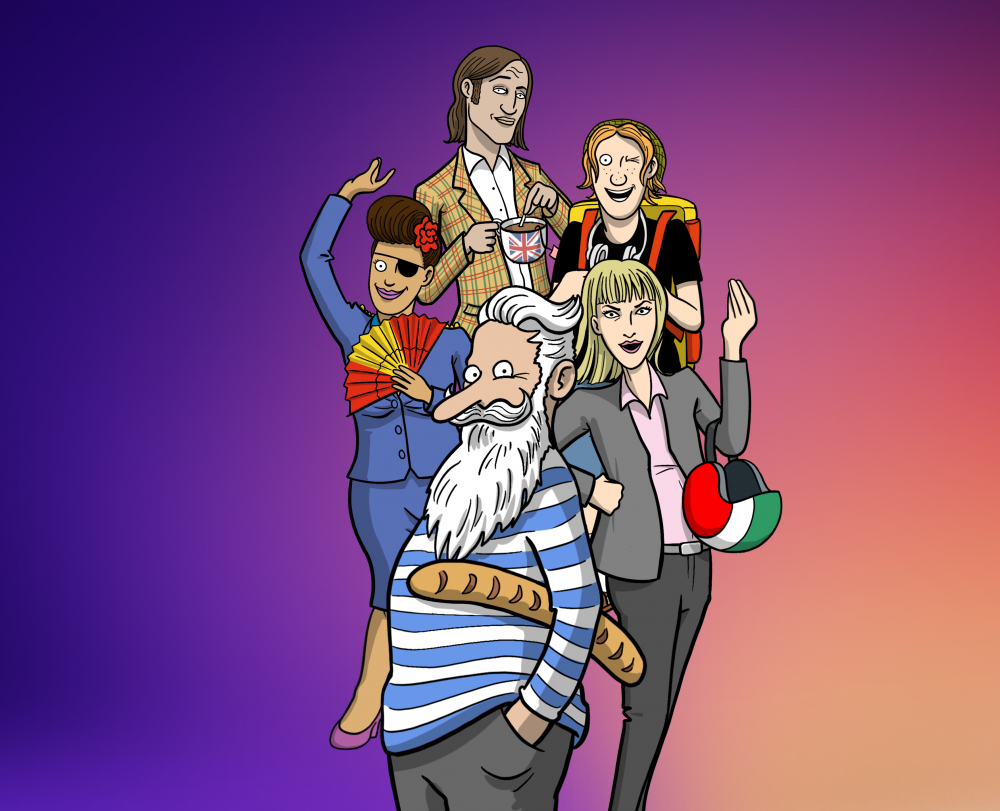Singular or plural after adverbs of quantity
After quantity words such as più (more), meno (less), poco (little, few), molto (much, many), abbastanza (enough/plenty), la maggioranza (the majority, most) and la maggior parte (the majority, most), we can have the singular or the plural.
Ci sono abbastanza gatti in hotel.
There are a good few cats in the hotel.
Non ho più denaro.
I've got no more money.
- Words that can be counted always go in the plural:
Sull’albero ci sono più mele.
There are more apples on the tree.
Ho comprato la maggior parte delle arance.
I've bought most of the oranges.
- Words that cannot be counted always go in the singular:
– Vuoi altro caffè?
-Do you want another coffee?
– Si, ma con meno zucchero.
-Yes, but with less sugar.
– Perfetto, ma non mi rimane molto latte.
-Perfect, but there's not much milk left.
Note: some nouns only exist in the singular form. These include bontà (goodness), latte (milk) and ferro (iron). There are also some that only exist in the plural form, such as ferie (vacation, holiday), spezie (spices) and forbici (scissors).
C’è poco latte è nel frigorifero.
There isn't much milk in the refrigerator.
Ho comprato tante spezie al mercato.
I bought lots of spices at the market.
Still facing difficulties with 'Singular or plural after adverbs of quantity'? Enhance your grammar and learn Italian through our online Italian lessons.
Start with a free test and improve today!
What our users say:
Improve your Italian further and test Saga Baldoria, online Italian course.

